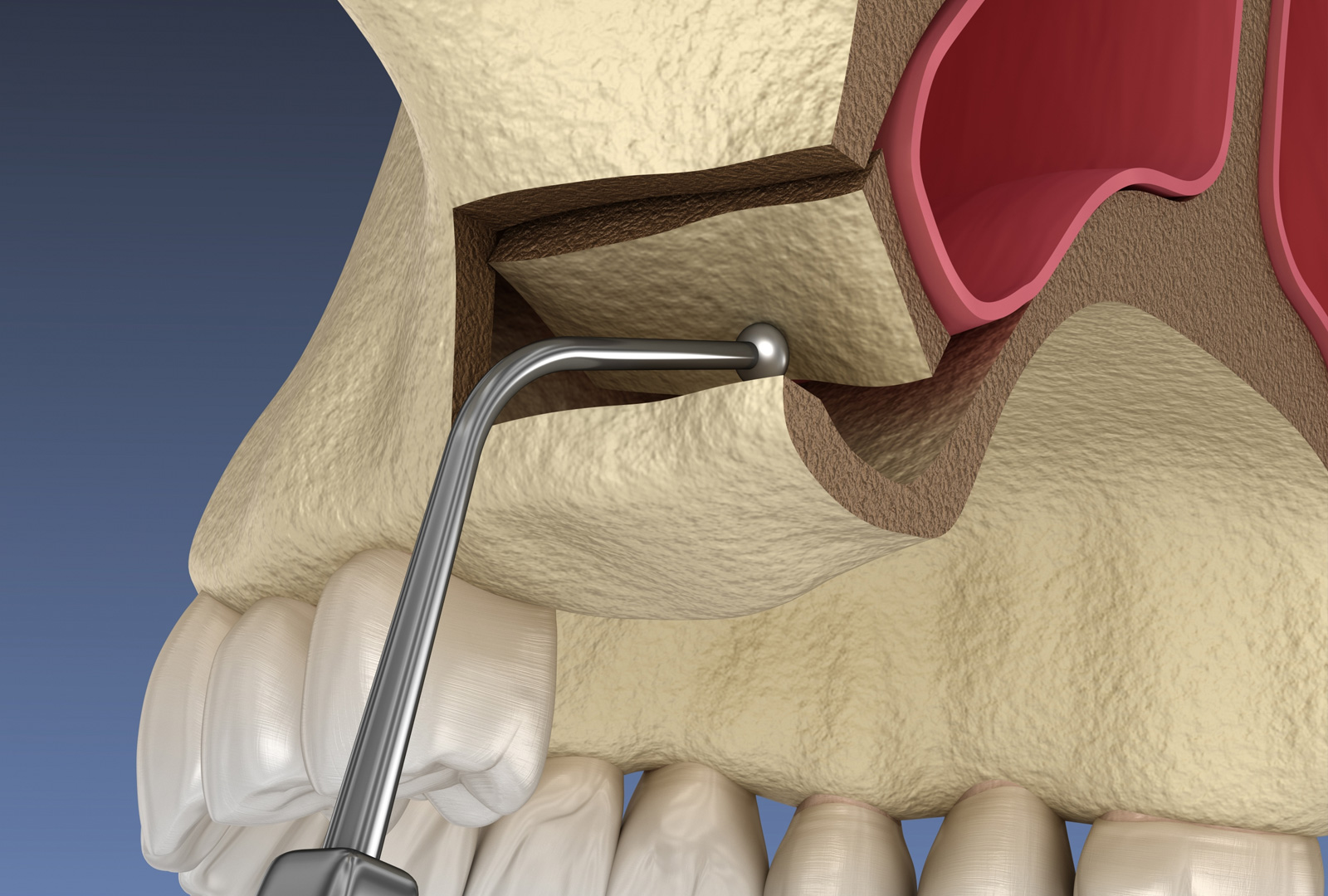-
More Stable
The sinus lifting procedure increases the bone volume in the posterior region of the upper jaw, making implant applications possible. With this method, bone graft is added to the sinus cavity and the stability of the implants is increased.
-
Preparation for Implants
Sinus lifting is a treatment method for patients with insufficient upper jaw bone. Thanks to this procedure, sufficient bone height is provided in the sinus cavity, creating a suitable ground for implant placement.
What are Sinus Lift Sinus Lift Methods?
Sinus lift surgery can be performed in several different ways. In all variants, the surgery is performed under local anesthesia and usually does not require hospitalization. In cases where no significant complications develop, it is usually a painless method. In sinus floor elevation, 2 methods called open and closed technique are preferred. In the open technique, a window is opened in the sinus wall and a material called graft is applied and the height is increased. This technique can only be performed in a large working area and the incision is made larger to provide this area. This method is more invasive than the closed method and the risk of complications is higher.


